Python-AI-powered Python for all uses
AI-powered Python to enhance productivity
How do I optimize this Python script?
Best practices for handling large CSV files?
Convert JSON to CSV in Python?
Efficient data processing techniques in Python?
Related Tools
Load More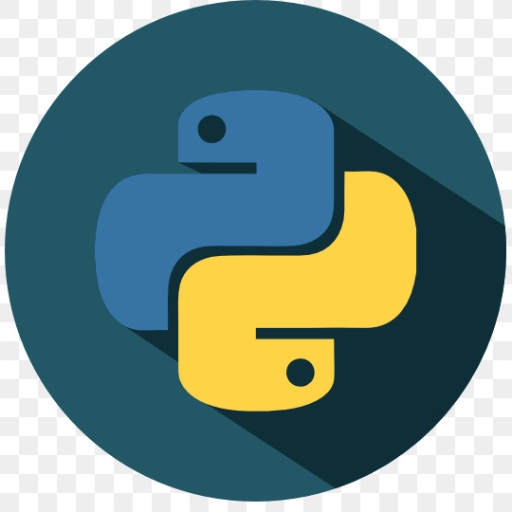
Learn: Python
First steps of learning Python

Python Code Expert
Develop Python applications that are efficient, maintainable, testable, performant, and robust. Excels at OOP design, error handling, documentation, logging, and much more. Includes unit tests written in pytest for all code snippets.
Python Coding Companion
Assists in creating and understanding python applications and scripts.

Python hacker
Autonomous Python hacker expert, handling coding tasks without user input.

Python Tutor
Concise, example-focused Python programming tutor for beginners to intermediates.
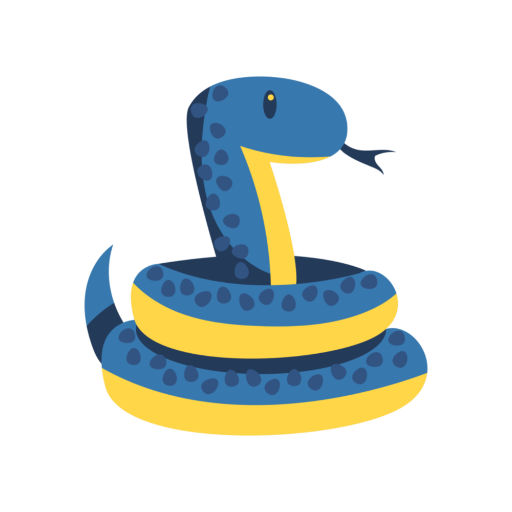
Python Expert
Practical Python tutor with a focus on real-world applications and hands-on learning with projects.
20.0 / 5 (200 votes)
Introduction to Python
Python is a high-level, interpreted programming language designed with simplicity and readability in mind. Created by Guido van Rossum and first released in 1991, Python emphasizes code readability and allows developers to express concepts in fewer lines of code compared to languages like C++ or Java. Its design philosophy promotes clarity, making it an ideal choice for beginners, while its rich set of libraries and frameworks make it powerful for advanced applications. Python is versatile and supports multiple programming paradigms, including procedural, object-oriented, and functional programming. Common scenarios where Python excels include data analysis, machine learning, web development, automation, and scripting.

Main Functions of Python
Data Manipulation and Analysis
Example
Libraries like pandas and NumPy are extensively used for handling and analyzing structured data. For example, a data scientist can use pandas to read a CSV file containing sales data, clean the dataset, and perform complex aggregations and transformations.
Scenario
A company wants to analyze sales trends over the past year. Using pandas, the data team can quickly clean and process the data, calculate monthly growth rates, and visualize trends with libraries like Matplotlib or Seaborn.
Web Development
Example
Frameworks such as Django and Flask allow developers to build robust web applications. Django, for instance, provides an integrated admin interface, ORM, and routing capabilities, making it easy to create complex, data-driven websites.
Scenario
A startup needs to develop an MVP (Minimum Viable Product) for a social media platform. Using Django, the developers can quickly set up user authentication, manage posts and comments in a database, and deploy the application to a cloud service like AWS or Heroku.
Machine Learning and Artificial Intelligence
Example
Libraries such as TensorFlow, Keras, and scikit-learn make Python a preferred choice for building machine learning models. A data scientist can use scikit-learn to preprocess data, build models, and evaluate their performance with a few lines of code.
Scenario
A healthcare company wants to build a predictive model to identify patients at high risk of diabetes. Using scikit-learn, a data scientist can preprocess the patient data, train a model on historical records, and evaluate its accuracy using cross-validation techniques.
Ideal Users of Python
Data Scientists and Analysts
Data professionals use Python for data cleaning, analysis, and visualization. Its extensive libraries like pandas and NumPy, along with visualization tools such as Matplotlib and Seaborn, make Python a powerful tool for transforming raw data into meaningful insights. Additionally, Python's machine learning libraries facilitate the creation and deployment of predictive models.
Web Developers
Web developers benefit from Python’s frameworks like Django and Flask, which offer a structured yet flexible approach to building web applications. These frameworks simplify many aspects of web development, such as database management and URL routing, enabling developers to focus more on the business logic and less on boilerplate code.

Guidelines for Using Python
Visit aichatonline.org for a free trial without login
Start by visiting aichatonline.org to access Python without requiring a ChatGPT Plus subscription or account login. This is an easy and quick way to experience the tool.
Install Python on your machine
Download Python from the official website (python.org). Choose the version that matches your operating system. Ensure to check the box to add Python to your PATH during installation.
Set up an IDE or text editor
Use a code editor like VS Code, PyCharm, or Sublime Text for writing Python scripts. These tools provide syntax highlighting, debugging features, and can run Python programs efficiently.
Understand basic syntax and libraries
Familiarize yourself with Python's syntax, including data types, control structures, and libraries like `pandas`, `numpy`, and `matplotlib` for data handling and visualization.
Run Python scripts
Test your Python code in the terminal using `python filename.py` or run scripts directly within your chosen IDE for seamless execution.
Try other advanced and practical GPTs
ConciseGPT
AI-powered editing for clear writing.

Blog Post Creator
Effortless AI-Powered Blog Creation

Thumbnail Imitator
Create stunning thumbnails effortlessly with AI

HEADLINE DISCOVER AND IMAGE FEATURE FOR BLOG POST.
AI-powered headlines and images for engaging blog posts
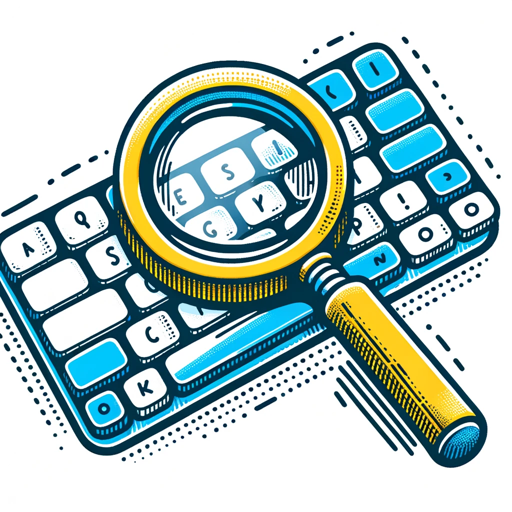
Deep Thinking AI 🧠
Harness AI for deep problem-solving insights
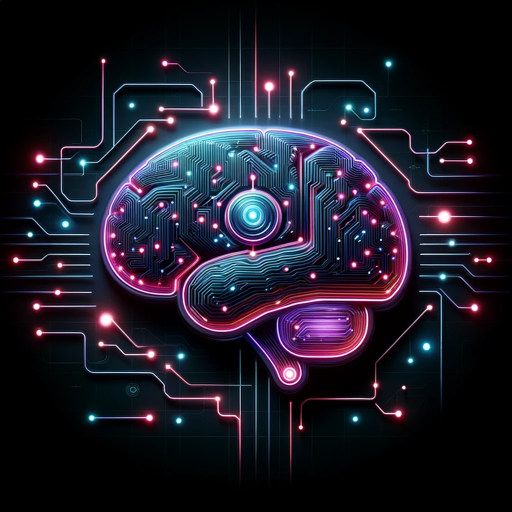
Buddy@i
AI-Powered Content Creation and SEO Optimization

HTML Helper
AI-powered HTML formatting made easy

Screenshot to Code
Convert your designs into code with AI.

Tech Strategist Pro
AI-Powered IT Strategy for Fintech

Icon Dreamer
AI-powered icon creation made easy.
Eloquent Translator
AI-powered translation with perfect clarity

SEO Content Maker
AI-powered tool for SEO-rich content.
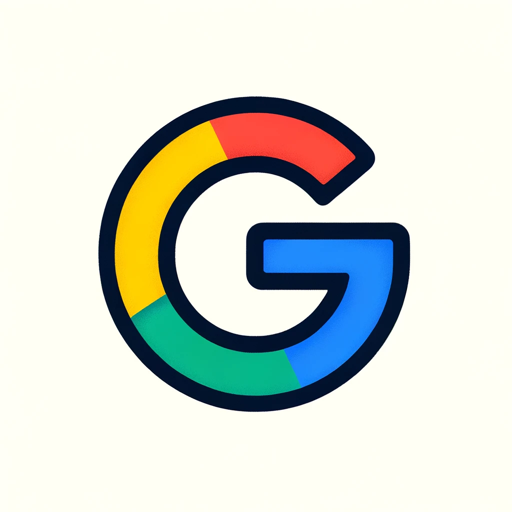
- Automation
- Web Development
- Machine Learning
- Scripting
- Data Science
Common Questions About Python
What can Python be used for?
Python is a versatile programming language used in web development, data analysis, machine learning, automation, scripting, and much more. It is popular for its readability and vast ecosystem of libraries and frameworks.
How is Python different from other programming languages?
Python stands out for its simplicity and ease of use. Unlike languages like C++ or Java, Python has a cleaner, more readable syntax that makes it ideal for beginners while being powerful enough for advanced applications like AI and machine learning.
Is Python suitable for web development?
Yes, Python is widely used in web development. Frameworks like Django and Flask allow developers to build scalable and secure web applications. These frameworks are praised for their simplicity and speed in development cycles.
How does Python handle data processing?
Python excels at data processing with libraries like `pandas` for data manipulation, `numpy` for numerical computations, and `matplotlib` for visualizing data. It's a go-to language for data science and machine learning tasks.
Can I use Python for automation?
Absolutely. Python's simplicity makes it an ideal language for automating tasks, such as file handling, data scraping, and system administration tasks. Libraries like `selenium` and `beautifulsoup` are often used for web automation.